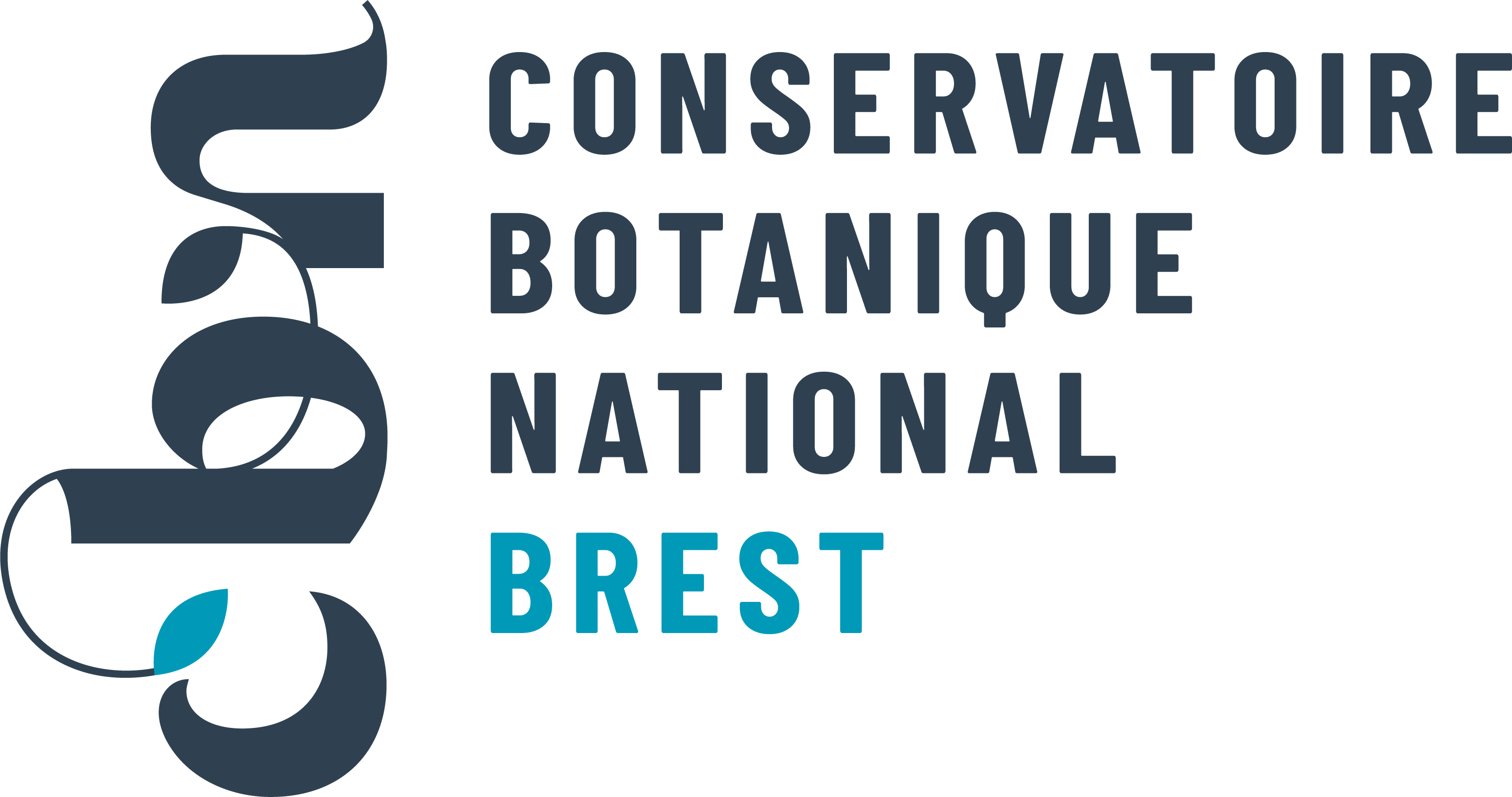Ail des ours
Allium ursinum L., 1753

- 286 observations
-
103
communes -
51
observateurs
15
organismes -
Première observation
1870 -
Dernière observation
2025
Alençon - Argentan - Athis-Val de Rouvre - Aubusson - Aunay-les-Bois - Avoine - Bailleul - Bazoches-sur-Hoëne - Belforêt-en-Perche - Bellavilliers - Bellou-le-Trichard - Berjou - Bonnefoi - Bonsmoulins - Bretoncelles - Briouze - Bursard - Caligny - Ceaucé - Champ-Haut - Chemilli - Ciral - Colombiers - Condé-sur-Sarthe - Coudehard - Coulonges-sur-Sarthe - Cour-Maugis sur Huisne - Courtomer - Crouttes - Crulai - Écouché-les-Vallées - Écouves - Essay - Fay - Ferrières-la-Verrerie - Flers - Fleuré - Gacé - Gandelain - Giel-Courteilles - Gouffern en Auge - Guêprei - Guerquesalles - Héloup - Igé - La Chapelle-Biche - La Coulonche - La Ferrière-Béchet - La Ferté-en-Ouche - La Ferté Macé - La Genevraie - La Lande-Patry - Le Bosc-Renoult - Le Chalange - Le Mage - Le Merlerault - Le Pin-la-Garenne - Les Aspres - Les Genettes - Les Ventes-de-Bourse - Longny les Villages - Lonrai - L'Orée-d'Écouves - Mahéru - Marchemaisons - Ménil-Hermei - Ménil-Vin - Merri - Messei - Monts-sur-Orne - Mortagne-au-Perche - Mortrée - Moulins-la-Marche - Nécy - Orgères - Perche en Nocé - Putanges-le-Lac - Rémalard en Perche - Rives d'Andaine - Saint-Agnan-sur-Sarthe - Saint-Aquilin-de-Corbion - Saint-Aubin-de-Courteraie - Saint-Denis-sur-Sarthon - Sainte-Honorine-la-Chardonne - Saint-Evroult-Notre-Dame-du-Bois - Saint-Germain-de-Clairefeuille - Saint-Germain-de-la-Coudre - Saint-Germain-du-Corbéis - Saint-Martin-du-Vieux-Bellême - Saint-Nicolas-des-Bois - Saint-Nicolas-de-Sommaire - Saint-Ouen-sur-Iton - Saint-Philbert-sur-Orne - Saint-Pierre-d'Entremont - Saint-Sulpice-sur-Risle - Soligny-la-Trappe - Tanques - Ticheville - Tournai-sur-Dive - Tourouvre au Perche - Trémont - Val-au-Perche - Vitrai-sous-Laigle
-
Association Faune & Flore de l'Orne (AFFO)
Participation à 132 Observations
Part d'aide à la prospection : 46.15 %
Fiche organisme
-
PNR et géoparc mondial UNESCO Normandie-Maine
Participation à 98 Observations
Part d'aide à la prospection : 34.27 %
Fiche organisme
-
Conservatoire Botanique National de Brest (CBNB)
Participation à 96 Observations
Part d'aide à la prospection : 33.57 %
Fiche organisme
-
UMS PatriNat (OFB-CNRS-MNHN)
Participation à 67 Observations
Part d'aide à la prospection : 23.43 %
Fiche organisme
-
Muséum national d'Histoire naturelle (MNHN)
Participation à 27 Observations
Part d'aide à la prospection : 9.44 %
Fiche organisme
-
Base pour l'inventaire des observations subaquatiques (BioObs)
Participation à 24 Observations
Part d'aide à la prospection : 8.39 %
Fiche organisme
-
Conseil départemental de l'Orne (bureau ENS)
Participation à 20 Observations
Part d'aide à la prospection : 6.99 %
Fiche organisme
-
Institut floristique franco-belge (IFFB)
Participation à 7 Observations
Part d'aide à la prospection : 2.45 %
Fiche organisme
-
Ministère de la Transition écologique et de la Cohésion des territoires
Participation à 5 Observations
Part d'aide à la prospection : 1.75 %
Fiche organisme
-
Institut national de l'information géographique et forestière (IGN)
Participation à 3 Observations
Part d'aide à la prospection : 1.05 %
Fiche organisme
-
Système mondial d’information sur la biodiversité (GBIF)
Participation à 2 Observations
Part d'aide à la prospection : 0.70 %
Fiche organisme
-
Office national des forêts (ONF)
Participation à 2 Observations
Part d'aide à la prospection : 0.70 %
Fiche organisme
-
Peter Stallegger (Consultant Environnement)
Participation à 1 Observation
Part d'aide à la prospection : 0.35 %
Fiche organisme
Informations espèce
Source : Biodiv'Écrins, Parc national des Écrins
G1.A11 : Chênaies atlantiques mixtes à Hyacinthoides non-scripta
G1.A133 : Frênaies-chênaies à Ail des ours
G1.A22 : British Fraxinus - Acer campestre - Mercurialis perennis forests
G1.A4113 : Forêts de ravin à Frêne, Érable sycomore et Corydale
Répartition actuelle en France métropolitaine
© INPN - Avertissement : les données visualisables reflètent l'état d'avancement des connaissances et/ou la disponibilité des données existantes au niveau national : elles ne peuvent en aucun cas être considérées comme exhaustives.
Répartition actuelle dans le monde
Avertissement : les données visualisables reflètent l'état d'avancement des connaissances et/ou la disponibilité des données existantes au niveau mondial : elles ne peuvent en aucun cas être considérées comme exhaustives.












